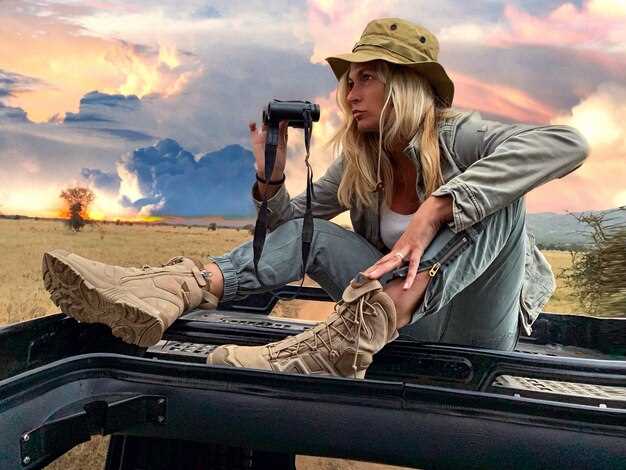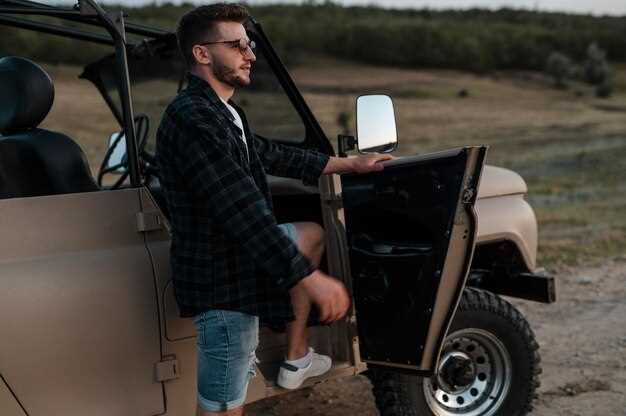
Off-road culture represents a thrilling blend of adventure, camaraderie, and nature, manifesting in various forms such as rugged vehicles, challenging terrains, and passionate communities. Through the lens of a camera, it becomes possible to encapsulate the raw emotions and exhilarating experiences that define this lifestyle. Images of off-road enthusiasts conquering rocky trails or forging muddy paths tell stories that resonate deeply with both participants and spectators alike.
The art of capturing off-road moments goes beyond mere documentation; it is an invitation to experience the adrenaline rush and the freedom that comes with venturing into the wild. Each photograph serves as a portal, transporting viewers into environments where nature’s unforgiving elements test both vehicle and driver. This visual storytelling celebrates not only the challenges faced but also the triumphs achieved along the way.
Moreover, photography has the unique ability to connect individuals across diverse backgrounds, uniting them under a shared passion for exploration. Through powerful imagery, the essence of off-road culture is communicated–illustrating the spirit of adventure, the bond between fellow adventurers, and the breathtaking landscapes that serve as a backdrop to their journeys. By harnessing the power of photography, we gain a deeper understanding of what it truly means to engage with the off-road world.
Techniques for Photographic Storytelling in Off-Road Environments
Capturing the essence of off-road culture requires a deep understanding of the environment and the spirit of adventure. To effectively convey stories through photography, consider the following techniques:
1. Utilize Natural Light: The off-road landscape offers unique lighting conditions. Early mornings and late afternoons provide soft, golden light that enhances textures and colors. Experiment with backlighting to create dramatic silhouettes of vehicles against striking sunsets or sunrises.
2. Focus on Action Shots: Off-road driving is about movement and excitement. Use fast shutter speeds to freeze the action as vehicles navigate challenging terrains. Capture the splashes of mud, dust clouds, and the determination on drivers’ faces to illustrate the thrill of the experience.
3. Incorporate Wide-Angle Shots: To emphasize the vastness of off-road environments, use wide-angle lenses. This technique helps to showcase the spectacular landscapes and the vehicles in context, revealing the scale of the adventure and the challenges faced by off-road enthusiasts.
4. Capture Emotional Connections: Photographs are powerful when they relay emotions. Focus on candid moments between drivers, passengers, and their vehicles. Expressions of joy, determination, and camaraderie enhance storytelling, making viewers feel connected to the off-road experience.
5. Document the Journey: Instead of taking only isolated shots, document the entire journey. Capture scenes of preparation, obstacles encountered, and the interactions among the off-road community. This narrative approach builds a compelling story and immerses the audience in the adventure.
6. Play with Perspectives: Experiment with different angles and perspectives to create visually interesting compositions. Low angles can highlight the power of a vehicle, while aerial shots can showcase the route taken. Diverse perspectives help provide a well-rounded view of off-road culture.
7. Focus on Details: Incorporate close-ups of details, such as tire tracks in the mud, the grip of a tire, or the intricate designs of off-road gear. These elements tell a story about the challenges and triumphs encountered in off-road environments and highlight the passion behind the culture.
By employing these techniques, photographers can effectively narrate the vibrant culture surrounding off-road adventures, capturing not just the action, but the spirit of exploration and community that defines this exhilarating lifestyle.
Understanding the Community: Key Events and Milestones to Photograph

Photography serves as a powerful medium to document the vibrant culture of the off-road community. Capturing key events and milestones can provide insightful glimpses into the diversity and camaraderie that define this passionate group. Each occasion brings together enthusiasts, showcasing their vehicles, skills, and love for adventure.
One of the most significant events is the annual off-road expo. These expos feature vehicle showcases, workshops, and vendor booths, all aimed at promoting the latest in off-road technology and accessories. Photographers should focus on the interactions among attendees, capturing the enthusiasm and excitement that permeates the atmosphere. Look for moments that illustrate the learning experiences as participants engage in hands-on demonstrations.
Another vital milestone is race day, whether it’s desert rallies, rock crawling competitions, or mud bogging events. Each race presents unique opportunities to capture high-speed action shots, showcasing the vehicles in their natural element. The intensity of the competition, the determination on drivers’ faces, and the chaotic energy of cheering crowds all contribute to the rich tapestry of off-road culture.
Community meet-ups and trail rides also play a crucial role in defining the off-road scene. These gatherings foster camaraderie among enthusiasts, making them ideal moments to photograph friendships formed through a shared passion. It’s important to capture both the thrilling rides and the quieter moments of connection, as they reflect the supportive nature of the community.
Lastly, documenting milestones such as vehicle builds, restorations, and personal achievements can illustrate the dedication within the culture. These project unveilings, often celebrated by their owners, provide a look into the craftsmanship and innovation that drives many off-road enthusiasts. Portraits of builders with their creations highlight the personal stories behind each vehicle, adding depth to the overall narrative of the community.
By focusing on these events and milestones, photographers can effectively convey the essence of off-road culture, showcasing the passion, skill, and sense of belonging that define this vibrant community.
Choosing the Right Equipment for Off-Road Photography Adventures

To effectively capture the essence of off-road culture, selecting the appropriate equipment is essential. When venturing into rugged terrains, durability and versatility become paramount. A quality DSLR or mirrorless camera is recommended for its superior image quality and interchangeable lenses, allowing for adaptability to various shooting conditions.
When it comes to lenses, a versatile zoom lens with a wide aperture is ideal for dynamic environments. A 24-70mm lens covers a range of perspectives, from wide landscapes to detailed close-ups, ensuring that you can document both the vastness of nature and the small intricacies of off-road vehicles and culture.
Stabilization tools like tripods and gimbals are crucial for off-road settings, where shaken shots can occur due to uneven surfaces. A lightweight, portable tripod allows for long-exposure shots, perfect for capturing motion blur or the movement of vehicles in action. Gimbals help stabilize handheld shots, ensuring crisp images even in challenging conditions.
Weatherproof equipment is highly recommended, as off-road adventures often involve unpredictable weather. Investing in weather-sealed cameras and lenses will protect your gear from rain, dust, or mud, preserving the integrity of your equipment while you immerse yourself in the off-road culture.
Additionally, having protective filters and lens hoods can safeguard your lens from dirt and scratches, enhancing longevity and usability. Extra batteries and memory cards are also critical, as off-road locations may lack convenient access to power sources or data storage options, allowing you to continuously capture the thrilling experiences without worry.
Finally, consider ergonomic accessories such as camera straps and bags designed for rough terrain. A comfortable, secure means to carry your gear not only enhances mobility but also ensures that you can focus on capturing the spirit of off-roading without being hampered by cumbersome equipment.





